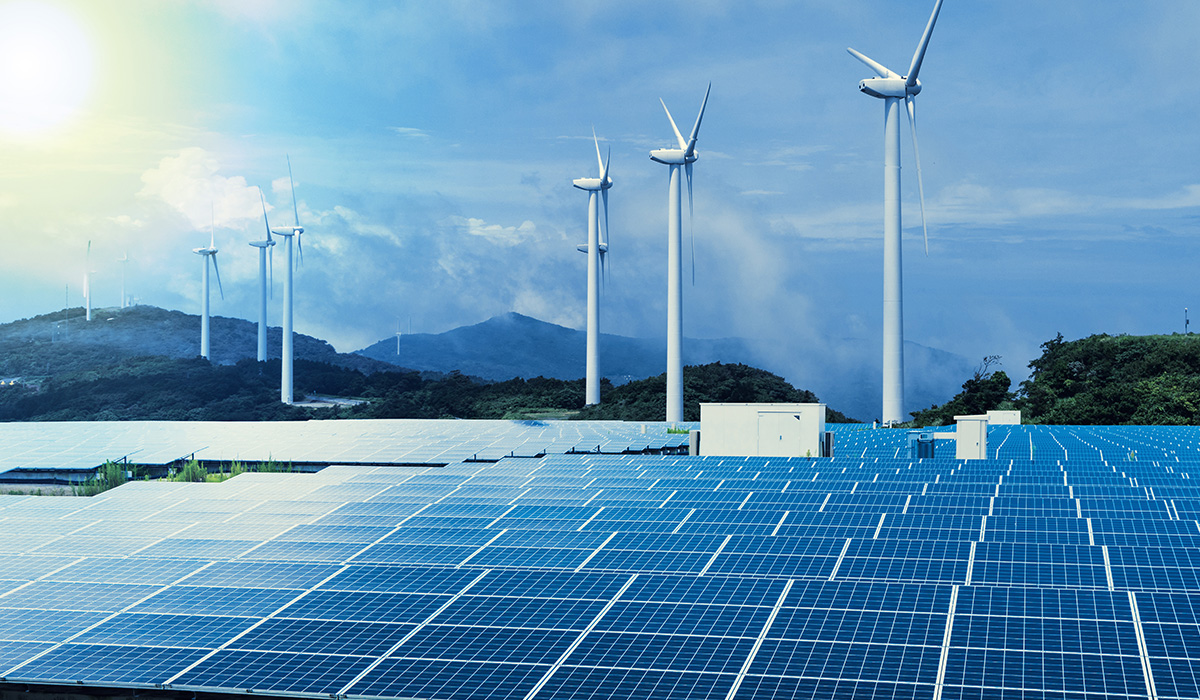Clean energy sources are becoming cheaper to produce and more broadly distributed thanks to a subsector of supporting technologies to optimize efficiencies.
These supporting technologies range from the
most rudimentary, like special cement designed for stabilizing offshore wind
towers, to cutting-edge AI systems or other emerging technologies such as
machine learning, deep learning, and advanced neural networks. Together, they
improve the efficiency, safety and adaptability of renewable technologies
across the field.
Here are some key new supporting technologies for wind and
solar power:
THREE
TECHNOLOGIES FOR OPTIMIZING WIND POWER
- Capacitor v. battery: Ultra-capacitors are increasingly seen as a preferable option to Lithium-ion batteries as a storage option for wind power. Capacitors are primarily used in applications that require frequent rapid charge/discharge cycles. In wind power, they optimize energy yield by providing short bursts of stored power to correct the angling of turbine blades. As 20% to 25% of all downtime in wind turbines is due to pitch-system failures where hydraulics and batteries need reparations or replacement of parts, ultra-capacitors require less maintenance than hydraulic solutions and have a longer lifespan than batteries.
- Maintenance software: Zürich-based ABB has developed a new module of its OCTOPUS optimization software that advances remote maintenance of offshore wind farms. Designed to allow onshore operators to better plan a vessel mission from port to wind farm, the new, EU-funded software takes into consideration the operational limitations of the ship and personnel, as well as assess deployment opportunities for remotely operated underwater vehicles, unmanned surface vehicles as well as unmanned aerial vehicles.

- Real-time synchronization: Researchers at the U.S. Department of Energy have developed a control system for wind turbines that optimizes energy yield by synchronizing the whole wind plant. While control systems traditionally maximize the individual power production of each turbine, the U.S. team leveraged data sharing through collective consensus control to allow turbines to synchronize movements with wind directions in real-time across entire plants.
THREE
TECHNOLOGIES OPTIMIZING SOLAR POWER
- Hydrogen release: In collaboration with Acciona Solar Power, U.S, National Renewable Energy Laboratory (NREL) has solved a longstanding industry problem: the loss of thermal efficiency in solar receivers of all parabolic trough plants. NREL’s technology eliminates the long-term hydrogen buildup by measuring and removing hydrogen from the expansion tanks of the power plant to control hydrogen levels in the circulating heat-transfer fluid. The system eliminates hydrogen off-gassing that can decrease overall plant efficiency and revenue by 15%.
- Temperature control: Spanish Esasolar recently launched a new solar tracker, Esatrack M5-2V, with a four-string configuration that increases solar energy yield by influencing irradiation and temperature. While located at the same height, all the modules of the same string are exposed to identical irradiation and cooling conditions — maintaining the same temperature and eliminating the losses due to temperature increase in modules more exposed to surface heating.
- Super film: Further north, Swedish startup Evolar has designed a perovskite-based thin-film layer that can be applied to conventional solar panels to boost their performance by up to 5%. The film, which is electrically matched and coated on the front glass of a conventional solar panel, adds greater efficiency without considerable production expenses.

